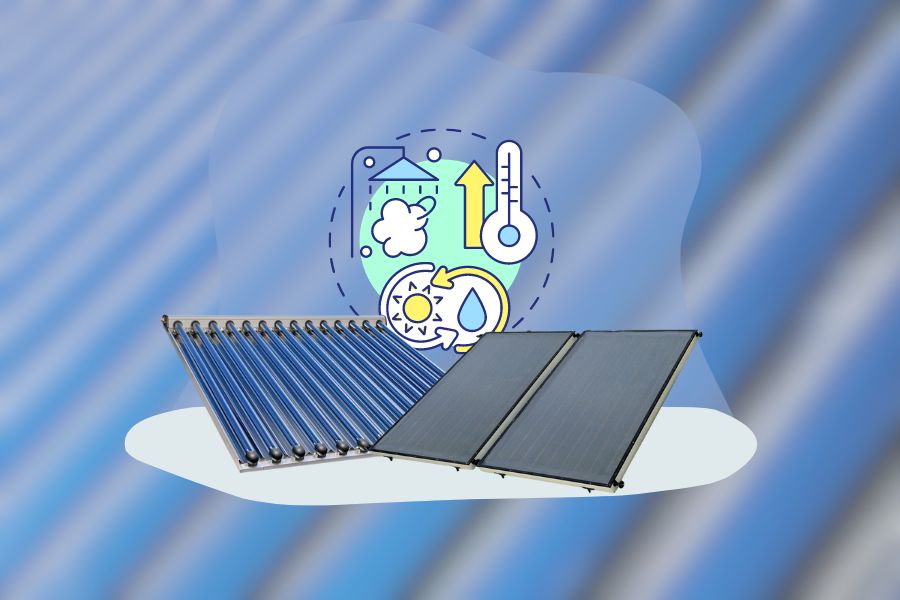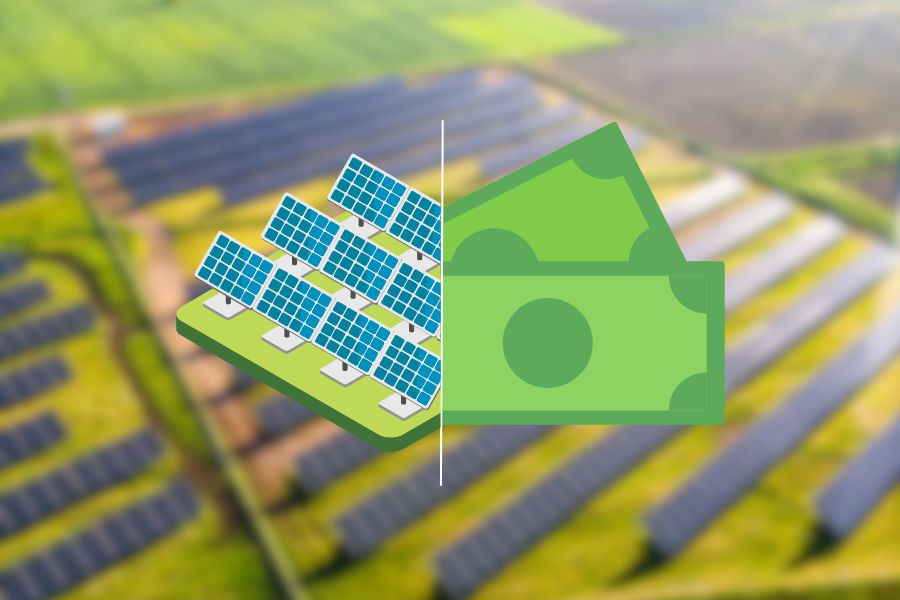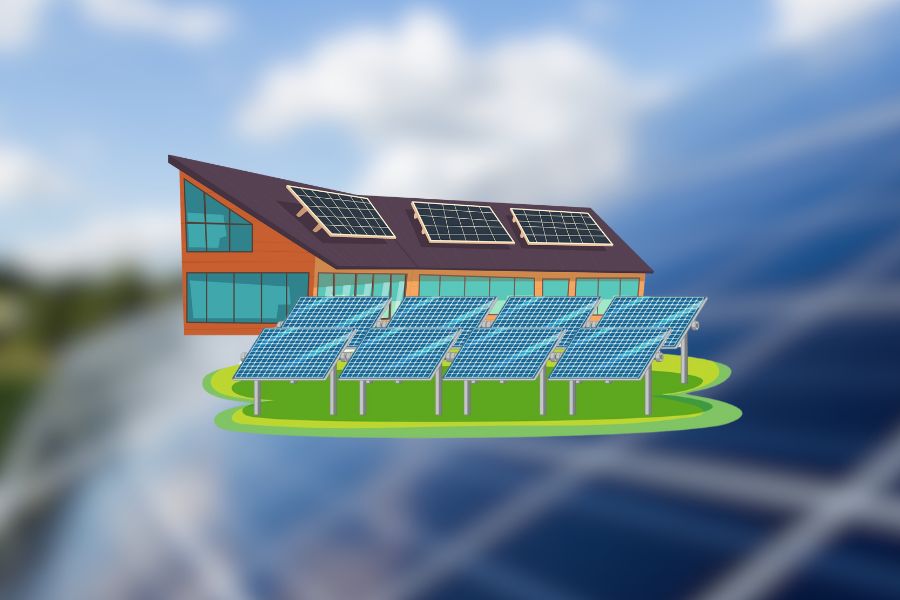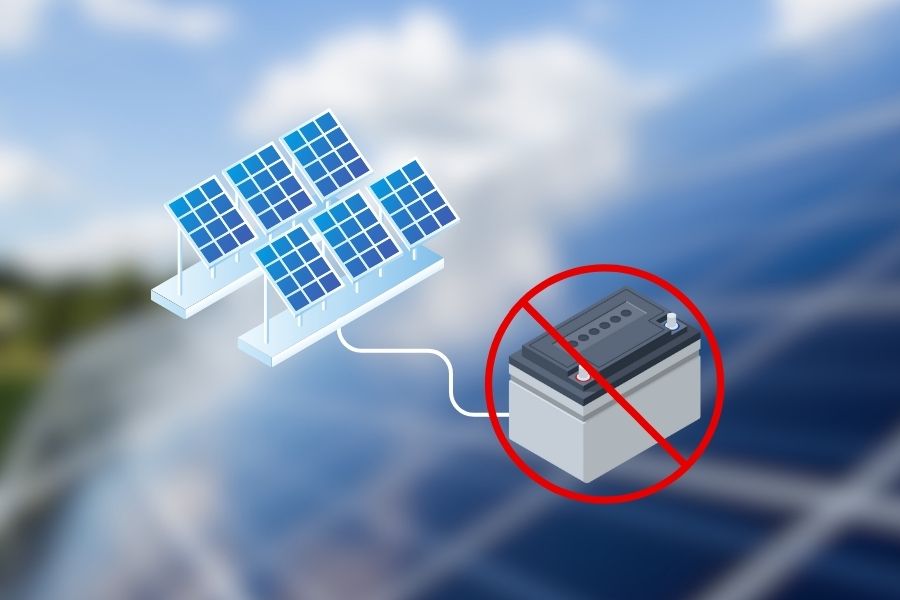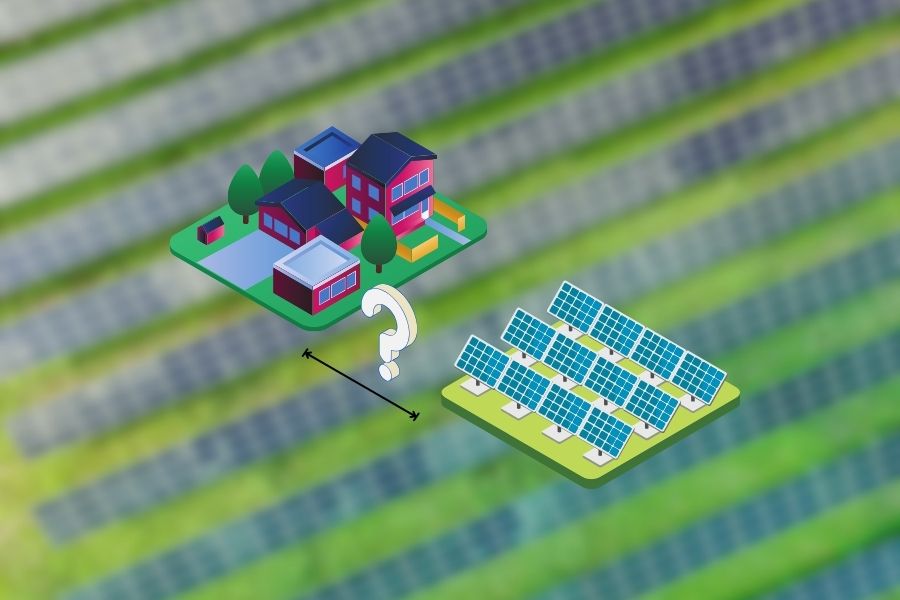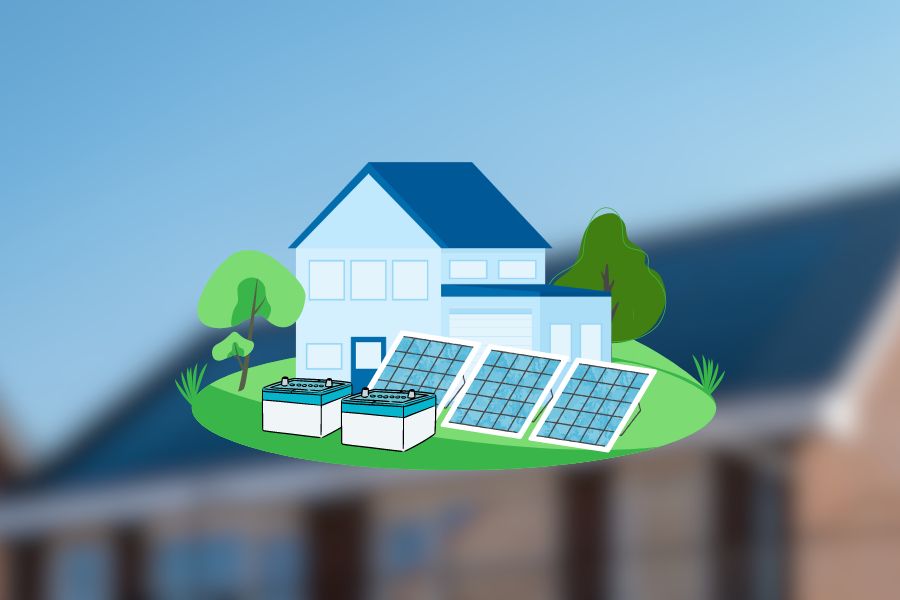In the picturesque landscapes of Ireland, where the beauty of nature meets the desire for sustainability, a remarkable technology is making its mark – solar thermal collectors.
A Solar Thermal Collector is a device that captures solar radiation and transforms it into heat in Ireland. This heat is usually transferred to a liquid or air used for space heating, domestic hot water, or even to power a cooling system.
Two main types of collectors are used in Ireland: Flat Plate Collectors and Evacuated Tube Collectors. Both are well-suited to the Irish climate, absorbing direct sunlight and diffuse radiation from the sky, providing a renewable, environmentally friendly source of heat for homes, even during the country’s frequent cloudy days.
How Solar Thermal Collectors Work
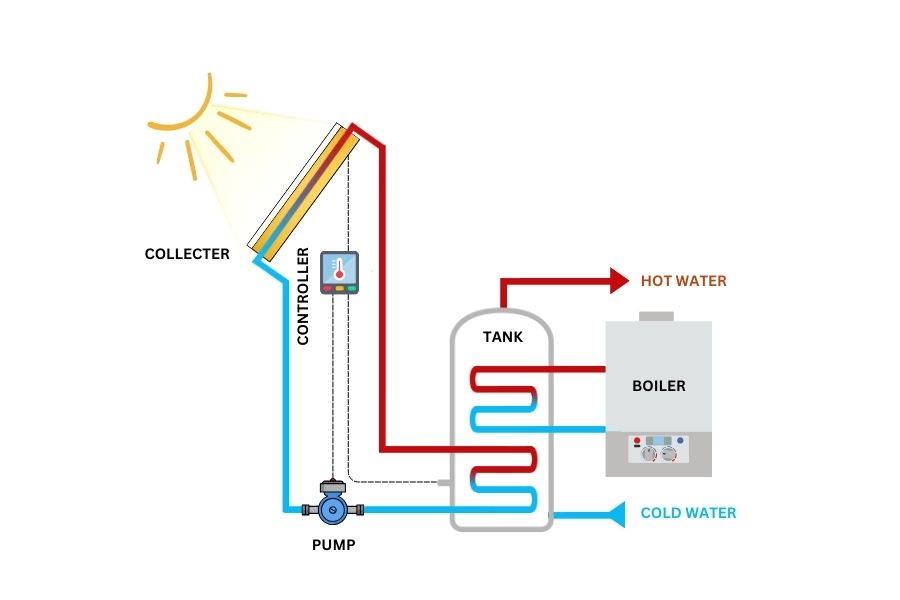
Solar thermal collectors, precisely flat plate solar collectors, are ingenious devices that utilize abundant solar radiation to generate heat energy.
These collectors play a pivotal role in harnessing renewable energy and transforming it into a usable form for various applications.
Let’s dive into the working principles of flat plate solar collectors and explore how they capture and convert solar energy effectively.
Absorbing Solar Radiation
Flat plate solar collectors are designed with a transparent cover, usually made of glass, that allows sunlight to pass through. Beneath the cover is a dark-colored absorber plate, often made of metal. It is responsible for absorbing solar radiation.
Converting Sunlight into Heat
As solar radiation passes through the transparent cover, it strikes the absorber plate. The absorber plate’s dark color helps absorb a significant portion of the sunlight, converting it into heat energy. This absorbed heat raises the temperature of the absorber plate.
Heat Transfer
Once the absorber plate absorbs the solar energy, it transfers the heat to a fluid circulating within the collector. This fluid, known as the working fluid or heat transfer fluid, is usually a mixture of water, antifreeze, or other heat-carrying mediums.
Heat Distribution
The heated working fluid carries the absorbed heat from the collector. Then, it transfers it to a storage or distribution system. It can involve moving the heat to a water storage tank for domestic hot water use or a heat exchanger for space heating.
Insulation and Efficiency
Flat plate solar collectors are typically equipped with insulation materials to maximize the system’s efficiency. These materials help minimize the collector’s heat loss, ensuring you utilize the captured solar energy efficiently.
Pumping System
In some cases, they may incorporate a pumping system to facilitate the circulation of the working fluid within the collector. It ensures a consistent flow of heated fluid and enhances the overall performance of the solar thermal collector.
Types of Solar Thermal Collectors
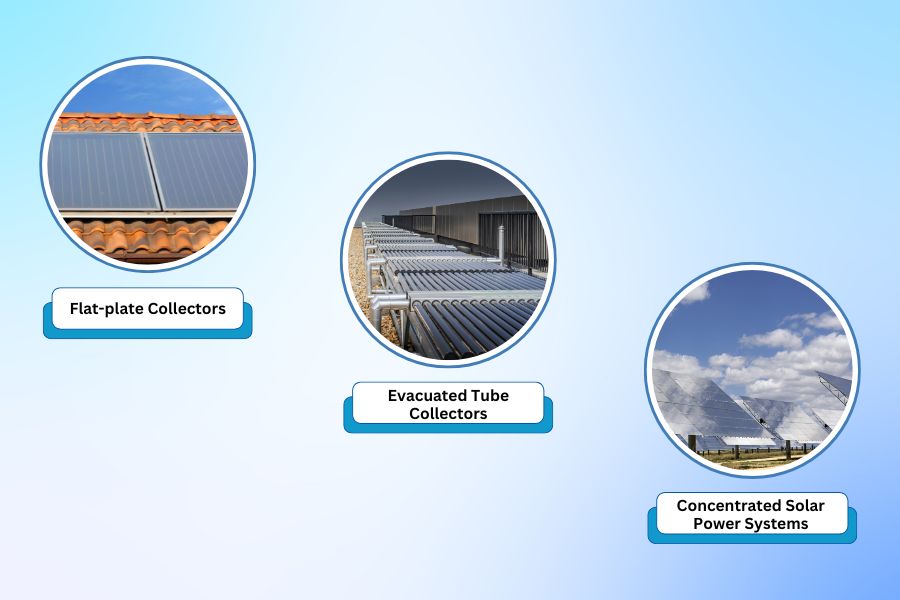
Flat-plate Collectors
Flat-plate collectors consist of a flat absorber plate. It is typically made of metal, and coated with a selective coating to enhance its absorption of solar radiation.
The absorber plate is enclosed in a transparent cover, usually glass. It allows sunlight to enter while reducing heat loss.
Beneath the absorber plate is a network of pipes or tubes through which a heat-transfer fluid (such as water or antifreeze) flows. Insulation is provided at the back and sides of the collector to minimize heat loss.
A flat-plate solar collector helps in domestic water, space, and industrial heating. In addition, one can integrate them into buildings and mount them on roofs, walls, or ground-mounted installations.
The benefits of flat-plate collectors include their relatively low cost, simplicity of design, and durability. In addition, they can provide hot water and space heating throughout the year, reducing energy costs and carbon emissions.
Evacuated Tube Collectors
Evacuated tube collectors consist of rows of parallel transparent glass tubes, each containing an absorber plate. Furthermore, the pipes are sealed and evacuated to create a vacuum. That provides excellent thermal insulation.
The absorber plates inside the tubes are typically made of metal and coated with a selective coating to enhance solar absorption. As a result, a heat-transfer fluid flows through the pipes and absorbs the heat from the absorber plates.
They help in domestic hot water heating, space heating, and some industrial applications. They are known for their high efficiency and performance, even in cold or cloudy conditions.
Again, the vacuum insulation minimizes heat loss, allowing the collectors to operate effectively in colder climates. In addition, evacuated tube collectors offer a compact design and modular installation options. They also provide good resistance to hail and freezing temperatures.
Concentrated Solar Power Systems
Concentrated Solar Power (CSP) systems use mirrors or lenses to focus sunlight on a receiver. Furthermore, it absorbs the total solar energy and converts it into heat.
This heat comes from conventional steam turbines or other heat engines. CSP technologies include parabolic trough systems, solar power towers, and dish/Stirling engine systems.
CSP systems have several advantages. First, they can provide reliable and dispatchable power. One can store and use thermal energy when needed, including during cloudy periods or at night.
CSP can contribute to grid stability and the integration of renewable energy sources. Besides, it is suitable for large-scale power generation and can be in areas with high direct normal irradiance.
Additionally, one can hybridize CSP plants with other energy sources, such as natural gas, for continuous power supply. Applications of CSP include utility-scale power generation, desalination, and industrial process heat.
Applications of Solar Thermal Collectors
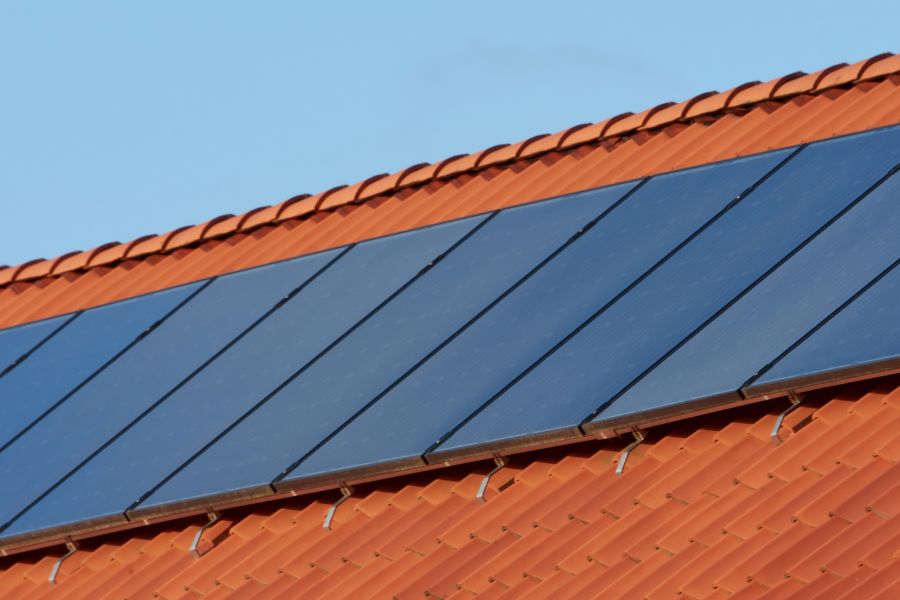
Domestic Hot Water Heating
Solar hot water heating systems utilize solar thermal collectors to harness the energy from the sun and heat water for domestic use. These systems typically consist of solar collectors, a heat transfer fluid, a storage tank, and a circulation system.
The tube solar collectors absorb sunlight and transfer the heat to the fluid. It then circulates through the system and transfers the heat to the water in the storage tank. One can use this heated water for domestic purposes such as bathing, washing dishes, and laundry.
Solar water heating systems offer several benefits for residential applications. Firstly, they can significantly reduce the reliance on traditional water heating methods that consume fossil fuels. As a result, they can also lower energy costs and reduce carbon emissions.
Secondly, they provide a renewable and sustainable source of hot water. That reduces the environmental impact of conventional heating systems.
Additionally, solar water heating systems require minimal maintenance and a long lifespan, resulting in long-term cost savings for homeowners.
Space Heating and Cooling
One can also use solar thermal systems for space heating and cooling in residential homes and commercial buildings.
These solar air heating systems typically involve solar thermal collectors to absorb solar energy and generate heat. It is then used for space heating or converted into cooling through absorption or adsorption chillers.
The collected heat can be stored in thermal storage systems for later use during periods of low solar radiation.
Industrial Processes and Applications
You can harness solar thermal systems for various industrial processes and applications. For example, industries such as food processing, textile manufacturing, chemical production, and desalination can benefit from solar thermal collectors.
You can use the captured solar energy to generate heat for industrial processes, such as drying, sterilization, steam generation, and feedwater preheating.
Moreover, by integrating solar thermal systems, industries can reduce their reliance on fossil fuels. As a result, they can also lower operating costs and contribute to a greener and more sustainable future.
Why You Need Solar Thermal Collectors
Solar thermal collectors are essential for harnessing the sun’s power and converting it into usable heat energy. By using solar thermal collectors, you can tap into a renewable and sustainable energy source. That reduces your reliance on fossil fuels and lowers your carbon footprint.
Solar thermal collectors are particularly beneficial for domestic hot water heating, space heating, cooling, and industrial processes. They offer cost savings, energy efficiency, and environmental advantages.
With minimal maintenance requirements and long-term durability, solar thermal collectors provide a reliable and long-lasting solution for meeting your heating needs while contributing to a greener and more sustainable future.
Frequently Asked Questions (FAQs)
What Is the Difference Between Solar Thermal Collectors and Solar Panels?
Solar thermal collectors can capture the sun’s heat energy and convert it into usable heat for water and space heating applications. They typically consist of tubes or panels that contain a heat transfer fluid to absorb the sun’s energy. On the other hand, solar panels, also known as photovoltaic (PV) panels, convert sunlight directly into electricity using photovoltaic cells. Solar panels primarily help in powering electrical appliances and lighting.
Can Solar Thermal Collectors Be Used in Cold Climates?
One can use solar thermal collectors in cold climates. Although their efficiency may decrease in shallow temperatures, they can still operate and provide heat. Proper insulation and design considerations can enhance their performance in cold weather. Additionally, in cold climates, solar thermal collectors can provide hot water for heating purposes, reducing the reliance on traditional heating systems and saving energy.
How Much Can I Save On My Energy Bills With Solar Thermal Collectors?
Estimates suggest that solar thermal systems can reduce water heating costs by 50-80% annually, resulting in substantial long-term savings and a quicker return on investment.
Are Any Government Incentives or Subsidies Available for Solar Thermal Installations in Ireland?
Government incentives and subsidies are available for solar thermal installations in Ireland. In addition, the Sustainable Energy Authority of Ireland (SEAI) offers grants under the Better Energy Communities and Better Energy Homes schemes.
Conclusion
Solar thermal collectors have many benefits and can help in many ways. They capture the sun’s heat to give us hot water for homes and businesses, which helps us cut down on traditional heating methods and save money on energy bills.
Plus, they’re good for the environment because they use renewable energy and lower carbon emissions. You can find solar thermal collectors in various places, like houses, hotels, hospitals, and even swimming pools. By using these collectors, we can all make the world greener while also enjoying the savings and independence they bring.
If we want to build a sustainable future, we must get behind solar thermal technology. With everyone looking for cleaner and more efficient energy solutions, solar thermal collectors are an innovative and dependable choice.
In Ireland, we’re lucky to have government incentives and subsidies, making it even easier for folks and organizations to adopt this technology.
By giving solar thermal installations a thought, we can shrink our carbon footprint, encourage energy conservation, and help shift towards renewable energy sources. So let’s dive into the possibilities of solar thermal collectors and work together for a greener and more sustainable world.
